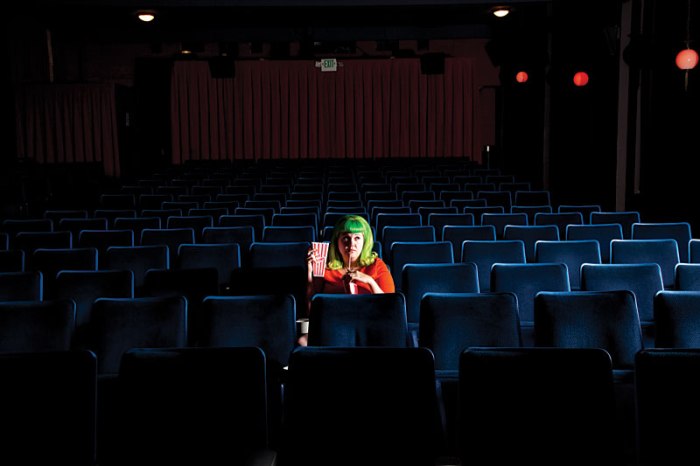
I recently had the opportunity to revisit the outline for my pulpy adventure story after having not looked at it in several months, and wanted to see what was needed in order to get me a little closer to being able to start on pages.
Time was limited, so I was only able to get through the first half. It was a pleasant surprise to discover that a lot of it still held up, plus an added bonus of some small inspirations resulting in tweaks that strengthened a few of the subplots and tied a few them together in a better way.
And of course, some of these new developments were a total change from how I’d always imagined them. This happens a lot for me.
But what was really the most positive experience out of this was how easy it was to “see” the story play out. It was as if I was in a private theatre, watching my imagination come to life on the big screen, complete with surround-sound. It definitely reinforced the kind of story I’m trying to tell.
When you’re putting your story together, or writing it, or even just reading it, how easy is it for you to visualize it? Do you “see” it as if you’re watching it in movie form? Is it a smooth transition from coming up with the idea to putting it on the page so it reads how you originally imagined it?
And therein lies part of the challenge. It’s just not an easy task, or at least isn’t for a lot of writers. It takes time to find the right words.
You might know what you want to say, but can’t find the exact way to say it, so you tinker around with it, trying and trying until something takes hold. Or maybe after writing it down, actually seeing it on the page makes you realize “this might not have been the best way to do it,” so you jump back in to come up with something new.
Sometimes I even go so far as to narrate aloud while acting out what’s happening for that particular part of the story (or as much as I can while sitting at my desk), which really helps, despite how silly it might look to somebody else.
As writers, the gears of our imaginations are always turning. Always. You could be doing something totally ordinary or mundane, and then, like a bolt from the blue, come up with a solution so perfect and now-obvious that you can’t understand why you didn’t realize it before.
So you work and work, making your writing better to the point that anybody reading your story will eventually be able to “see” it the way you want them to.
Bravo! You’ve made the connection, Paul! In the end, it’s all about the “seeing” it (play out) on the big screen! If you as the writer can’t ‘see” it, it’s already lost. Film is a visual experience. Then why is it that so many writers are still “talking” too much? Shush—
Paul and May, I agree with you both. When I see the story unfolding before my eyes, it flows and makes sense. When I can’t see it happening, that’s when I know the story isn’t working and I need to rewrite it. If I can’t see it, there’s no way the reader and viewer will be able to see it either. Thanks for another great article, Paul. Keep up the excellent work! 🙂
Thanks, LJ!